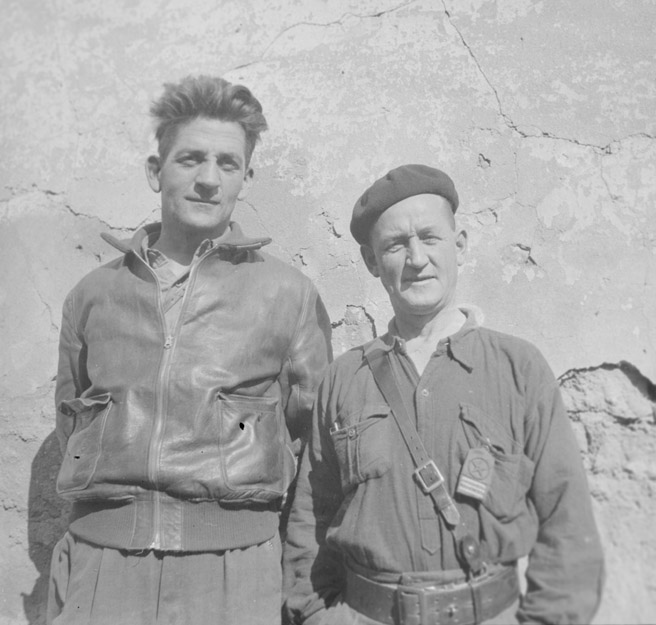Metatron
One Too Many
- Messages
- 1,536
- Location
- United Kingdom
This might have been posted before, but I think it deserves it's own thread.
Have a look at this website which features very striking portraits of volunteers in the Spanish civil war.
http://dlib.nyu.edu/randall-photo/
The mix of civilian casual, workwear and military clothing that they wore is interesting. Some of my favourites:
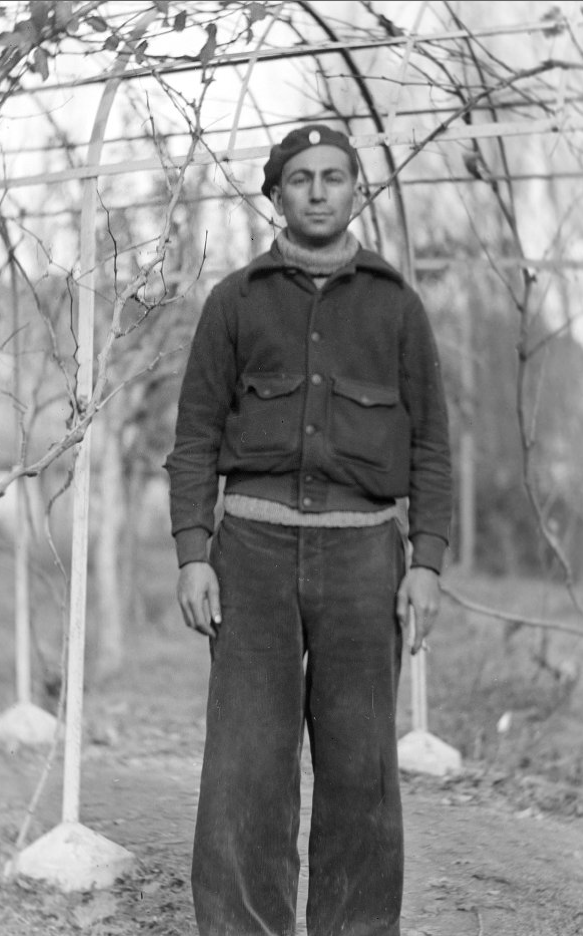
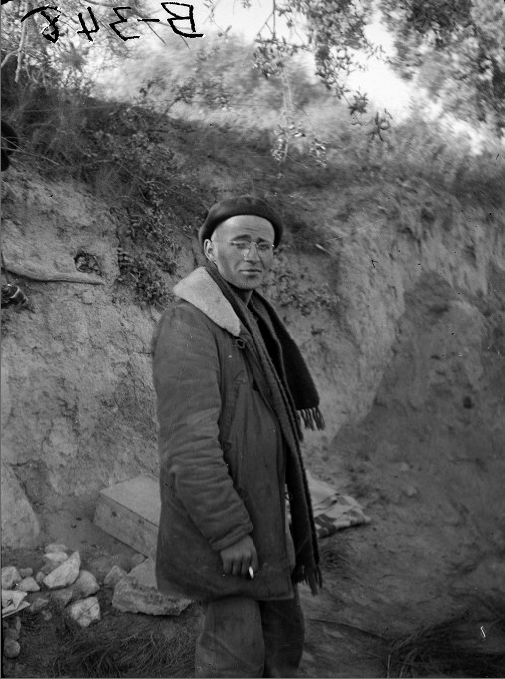
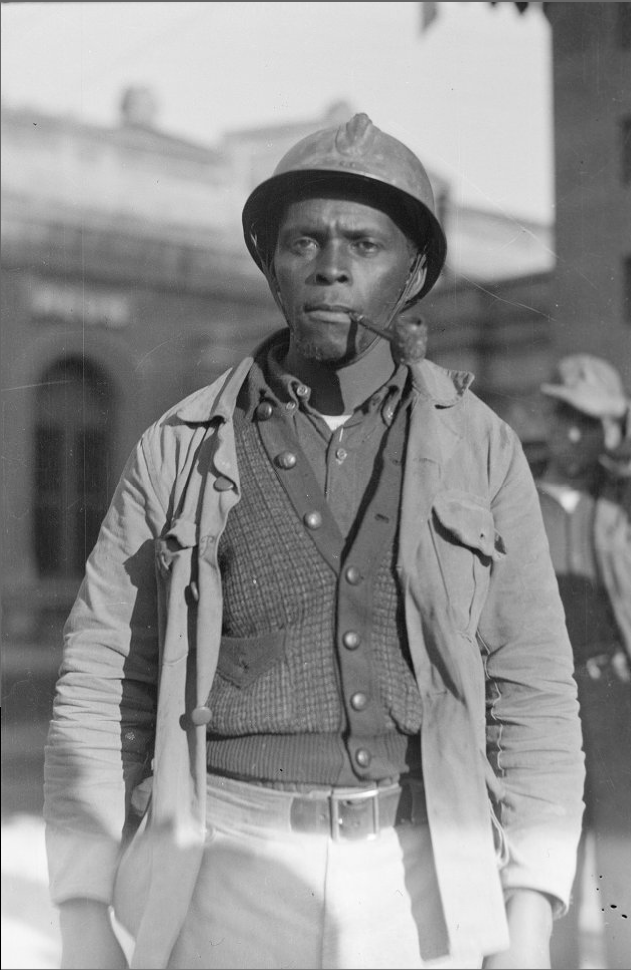
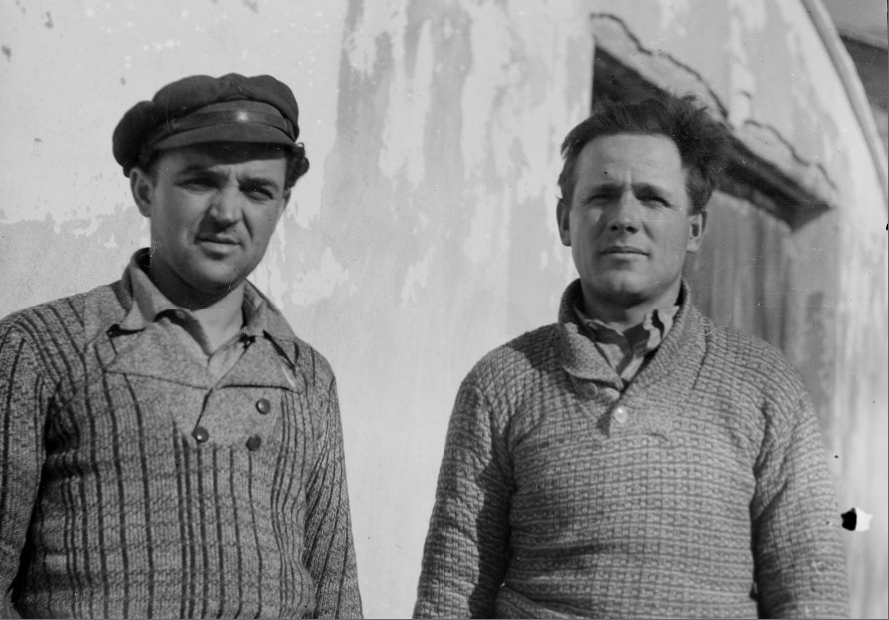
check out this strange 'double breasted' sweater.
Have a look at this website which features very striking portraits of volunteers in the Spanish civil war.
http://dlib.nyu.edu/randall-photo/
The mix of civilian casual, workwear and military clothing that they wore is interesting. Some of my favourites:




check out this strange 'double breasted' sweater.

